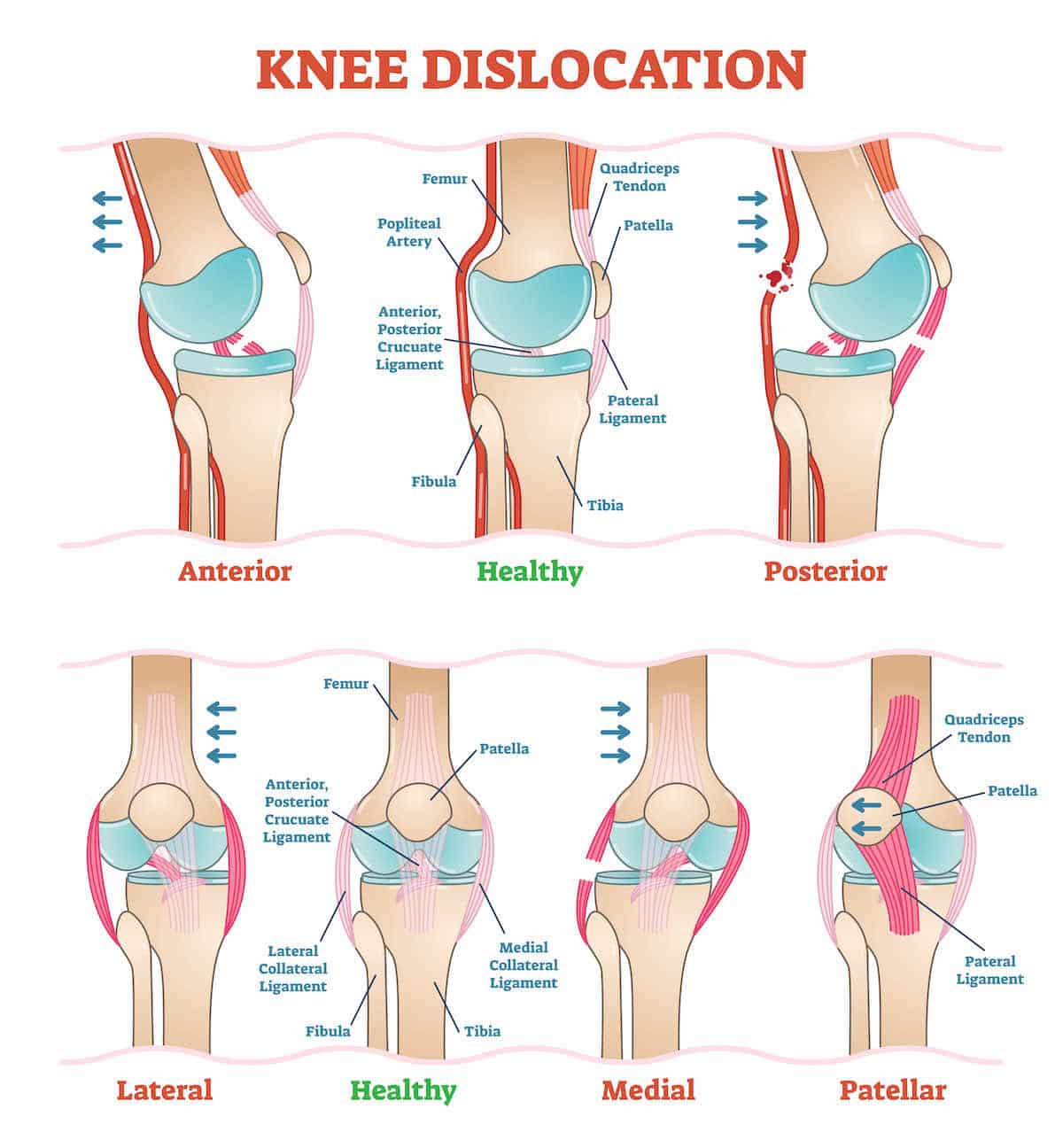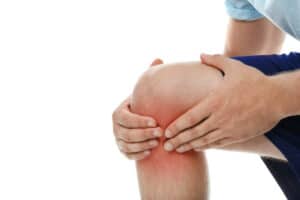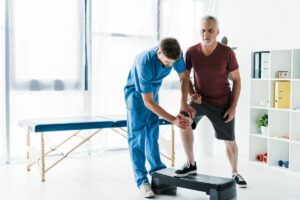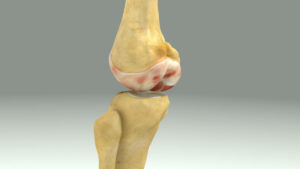Free download: Top 10 Natural & Easy Remedies for Joint Pain from Home. Learn these helpful remedies.
Estimated Reading Time: 4 minutes read
Your knee is a key joint in your body, playing a vital role in allowing you to walk, run, and jump. However, it’s also quite susceptible to injuries. One serious injury is a dislocation, which happens when your knee bone shifts out of its normal position. This condition can cause discomfort and limit your movement.
Here’s the encouraging part. Regular exercises can strengthen the muscles surrounding your knee. These stronger muscles can offer better support and stability to the knee joint, reducing the likelihood of injuries. While these exercises can’t completely rule out the chance of a knee dislocation, they can definitely decrease the risk and contribute to keeping your knees healthy.
Table of Contents
The Role of Exercise in Preventing Knee Dislocation
Exercises that strengthen your quadriceps, hamstrings, and other leg muscles can enhance knee stability. By doing so, they can lower the risk of a knee dislocation, which occurs when the knee bone is forced out of place. Here’s a series of exercises you can integrate into your daily routine to fortify your knee:
1. Quad Sets
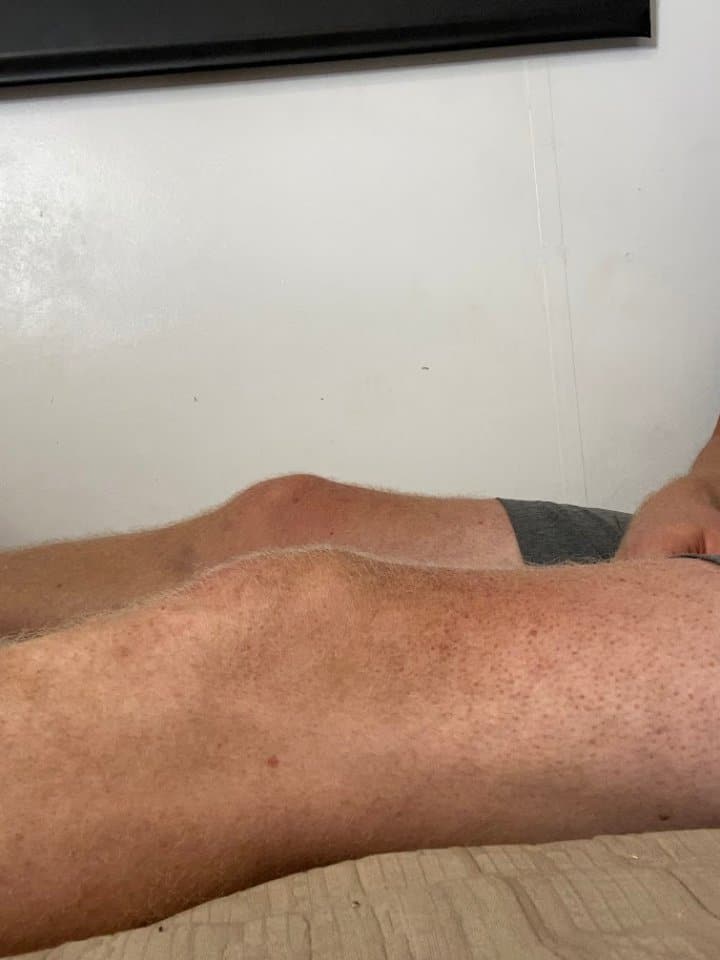
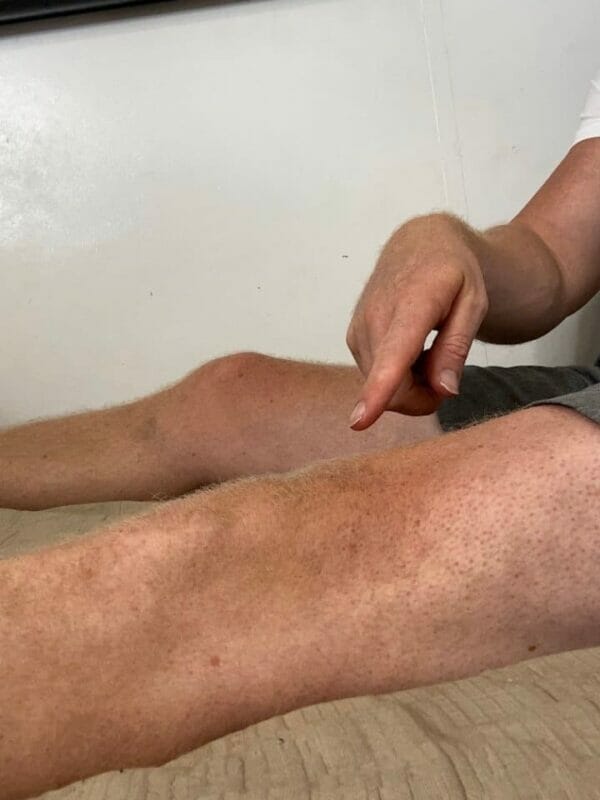
- Starting position: Seated with the injured leg stretched in front of you (can be on the floor, couch, or bed).
- Squeeze the quadriceps (the muscles on the top of the thigh) and try to press the back of the injured knee down toward the surface.
- Hold for 5 seconds, then relax.
- Repeat 10 repetitions for 3 sets.
2. Seated Knee Extension
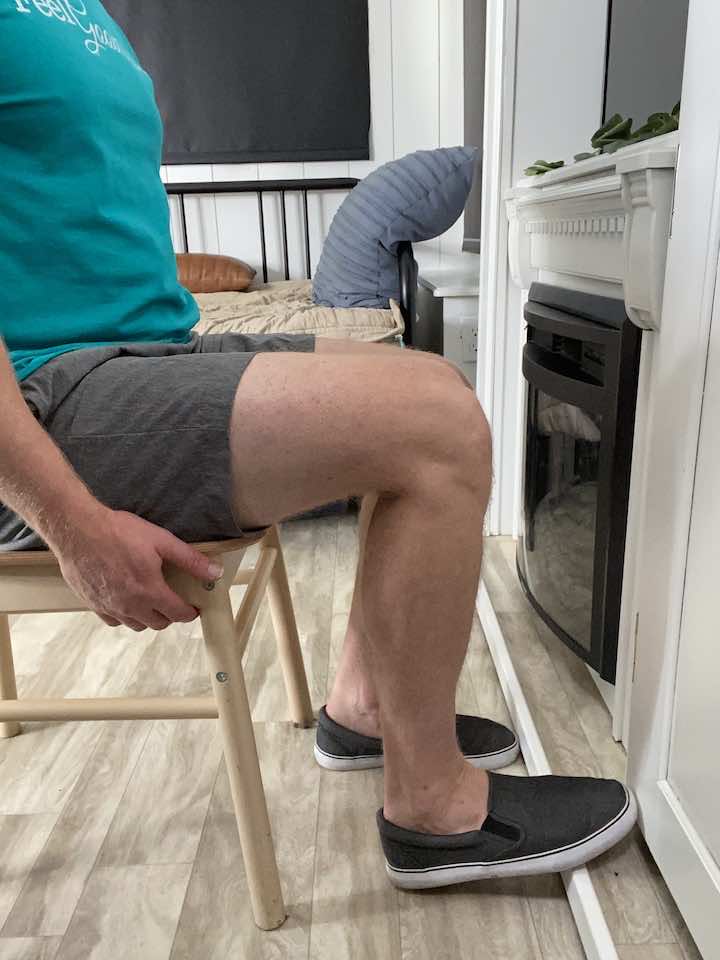
- Sit in a chair about a foot away from a wall, with your knees at a 90-degree angle and your spine in a neutral position.
- Press your toe into the wall to tense your thigh muscle.
- Push with about 70-80% of your maximal exertion for 10 seconds.
- Release the tension and rest for a few seconds.
- Repeat this exercise for a total of 3 times per knee.
3. Standing Calf Raises


- Stand facing a wall or sturdy surface for balance.
- Place your feet hip-width apart.
- Slowly lift your heels as high as you can and then lower them back down.
- Repeat for 10 repetitions for 3 sets.
4. Standing Hip Lifts


- Stand tall with one hand placed on a bed or chair for support.
- Balance on your left leg, keeping a slight bend in your knee to avoid locking it out.
- Lead with your heel and lift your right leg out to the side, keeping your foot flexed.
- Be sure not to lean to the left while lifting your leg.
- Lower your leg back down to the starting position.
- Repeat this movement 10 times on each leg.
- Do a total of 3 sets of this exercise.
5. Standing Hip Extension
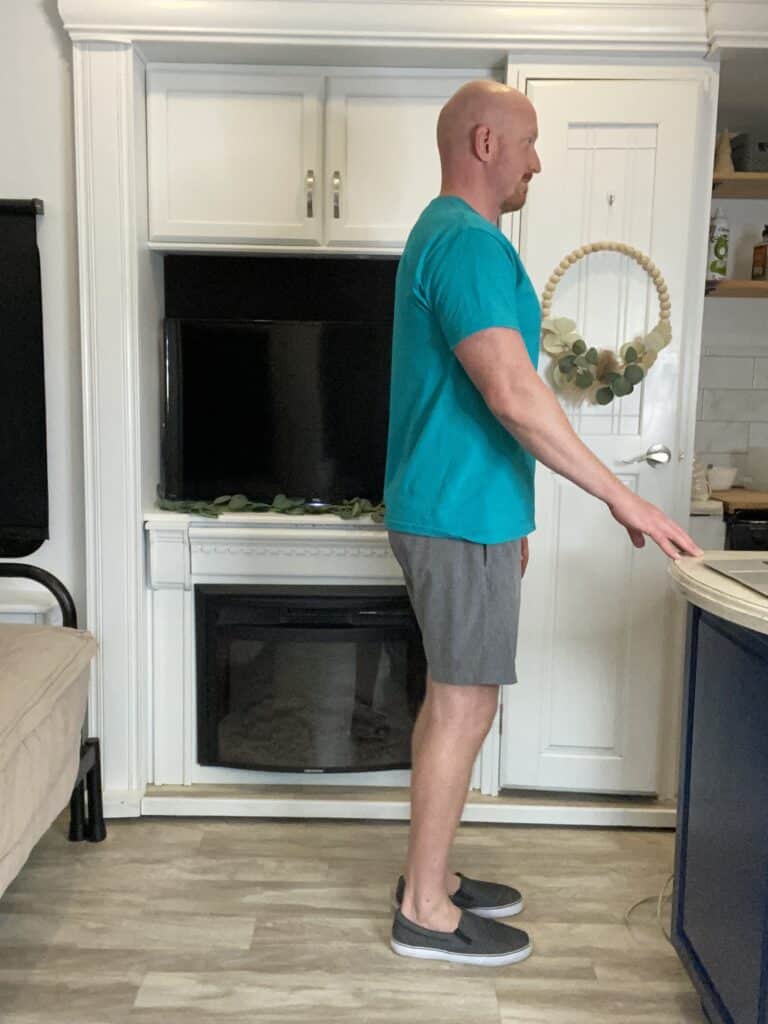
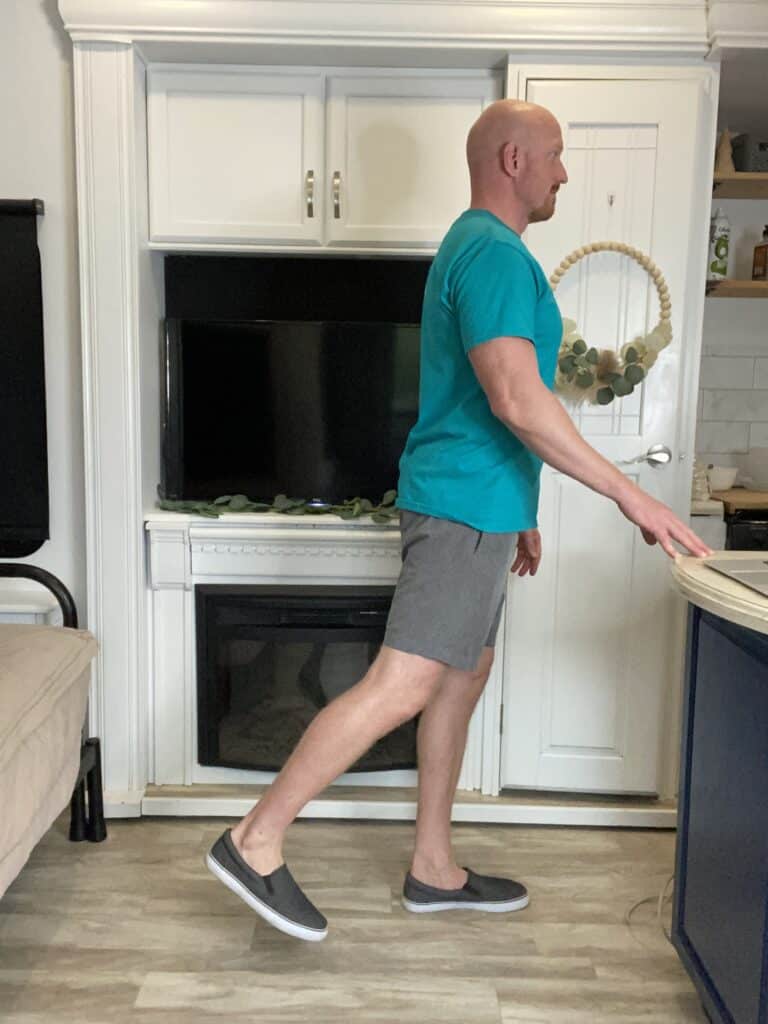
- Stand tall with your hands placed on a steady surface, such as a counter, sink, or chair (without wheels), to hold onto for balance.
- Shift your weight onto your left leg, keeping a slight bend in your left knee to avoid locking it out.
- Keeping your toes pointed forward and your right leg straight, lift your right leg back a few inches.
- Lower your leg back down to the starting position.
- Repeat this movement for 10 repetitions on each leg.
- Do a total of 3 sets of this exercise.
6. Standing Hamstring Curls
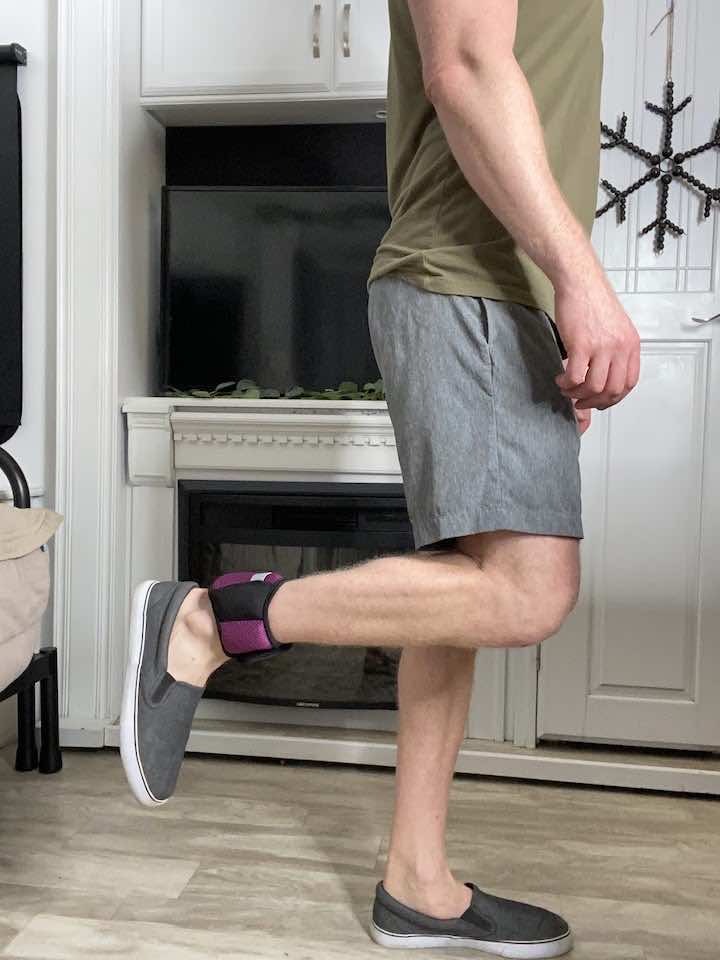
- Use 2-3 lb. ankle weights or tie a resistance band around your ankles.
- Stand in front of a sturdy surface, such as a countertop, for support.
- Bend one knee, allowing your foot to kick up towards your bottom.
- Return to the starting position.
- Repeat this movement 10 times for 3 sets.
- Practice this exercise on both legs.
Preventing Knee Dislocation
Keeping our knees healthy is not just about doing the right exercises. It’s also about leading a healthy lifestyle. This means we need to keep our body weight in check, as extra weight can put more strain on our knees. Also, choosing shoes that give good support can make a big difference to our knee health.
On top of that, maintaining good posture is also vital. But, even while doing everything right, it’s crucial to stay attentive to our body’s signals. If you’ve ever had a knee injury before, it’s even more important. So, if you start to feel pain or discomfort while working out, don’t ignore it. It might be time to have a chat with your doctor or a health professional.
Conclusion
While exercises can significantly contribute to knee health, it’s crucial to remember that prevention of knee dislocation also requires proper technique during physical activities, adequate rest, and listening to your body.
Integrating these exercises into your routine can reinforce the muscles surrounding your knee and potentially lower the risk of dislocation. However, always consult a professional before starting a new exercise routine, particularly if you’ve had knee problems in the past. Take care of your knees — they carry you through each step of your life.


